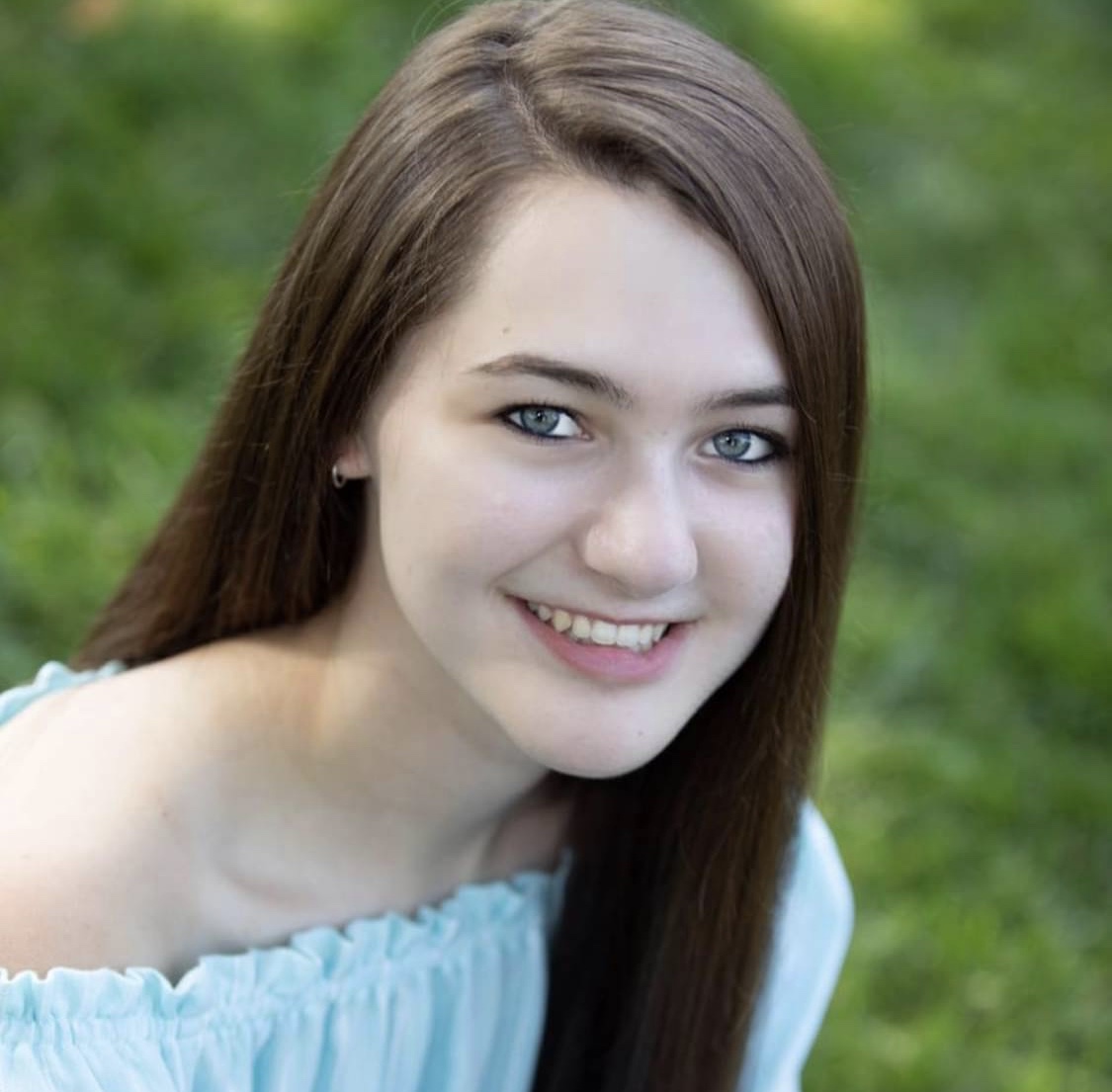Celebration of Scholars
#02: Working to Improve the Well-Being of Special Education Teachers
 Name:
Melissa Brulz
Name:
Melissa Brulz
Major: Elementary and Special Education
Hometown: Waterford, WI
Faculty Sponsor: Jun Wang
Other Sponsors:
Type of research: SURE
Funding: SURE
Abstract
While burnout among educators is remarkably common, one group of teachers tends to face the highest rates of burnout-special education teachers. As a future special educator, I wanted to learn why this is and how we can improve these teachers' well-being to reduce their burnout. My advisor, Dr. Jun Wang, and I reviewed the literature and created a list of inclusion criteria for the research studies to determine which studies we would use. Based on reading the abstracts of these studies, I found a variety of studies that discussed the burnout of special education teachers along with methods to improve the overall well-being of special education teachers. I then took the information that I found from these studies and created a model of my own. It explains factors that positively and negatively impact the well-being of special education teachers along with outcomes of the students and teachers based on the teacher's well-being. It also discusses various ways special education teachers can improve their well-being.
Submit date: March 7, 2023, 5:30 p.m.
